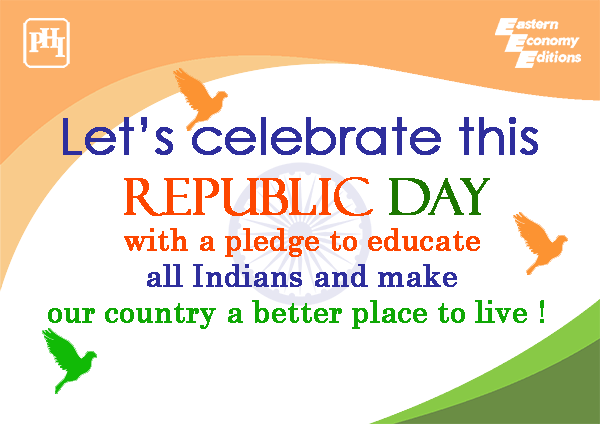Though India achieved its independence on August 15, 1947, it was only on January 26, 1950 that the Constitution of India was finally adopted, making the country a sovereign, secular, and democratic republic.
History
The transition of India from a British colony to a sovereign, secular, and democratic nation was indeed historical. It was a long journey of around two decades that started with the conceptualisation of the dream in 1930 to its actual realisation in 1950.
Lahore Session of the Indian National Congress
The seeds of a republican nation were sowed at the Lahore session of the Indian National Congress at the midnight of 31st December, 1929. The session was held under the presidency of Pt. Jawaharlal Nehru. Those present in the meeting took a pledge to mark January 26 as “Independence Day” in order to march towards realising the dream of complete independence from the British. The Lahore Session paved way to the Civil Disobedience movement. It was decided that January 26, 1930 would be observed as the Purna Swaraj (complete Independence) Day. Many Indian political parties and Indian revolutionaries from all over the country united to observe the day with honour and pride.
Indian Constituent Assembly Meetings
The Indian Constituent Assembly, which was constituted as a result of the negotiations between the Indian leaders and members of the British Cabinet Mission, had its first meeting on December 9, 1946. The objective of the Assembly was to give India a constitution, which would serve a lasting purpose and hence appointed a number of committees to thoroughly research the various aspects of the proposed constitution. The recommendations were discussed, debated and revised many times before the Indian Constitution was finalised and officially adopted three years later on November 26, 1949.
Constitution Came into Force
Though India became a free nation on August 15, 1947, it enjoyed the true spirit of Independence on January 26, 1950 when the Constitution of India finally came into force. The Constitution gave the citizens of India the power to govern themselves by choosing their own government. Dr. Rajendra Prasad, took oath as the first President of India at the Durbar Hall in the Government House and this was followed by the Presidential drive along a five-mile route to the Irwin Stadium, where he unfurled the National Flag.
Ever since the historic day, January 26 is celebrated with festivities and patriotic fervor all around the country. The day owes its importance to the constitution of India that was adopted on this day.
Facts about Republic Day
- In the beginning of 1948, Baba Saheb Dr. Bhimrao Ambedkar completed the draft of the Constitution and presented it in the Constituent Assembly. In November 1949, this draft was adopted with very few amendments.
- The Constitution of India was adopted on November 26, 1949 and the Hon’ble members appended their signatures to it on January 24, 1950. In all, 284 members actually signed the Constitution.
- On the day when the Constitution was being signed, it was drizzling outside and this was interpreted as a sign of a good omen.
- On Republic Day, many bravery awards like Vir Chakra, Maha Vir Chakra, Param Vir Chakra, Kirti Chakra and Ashoka Chakra are awarded.
- As the President unfurls the National Flag, he is honoured with 21-gun salute. It is the firing of arms and canons by Naval and Military men to pay respect to the soldiers who fought for India’s Independence.
- ‘Abide with Me’—a Christian hymn is played at the Republic Day functions. It is said to be Mahatma Gandhi’s favourite.
- The date of 26th January was chosen as the Republic Day because it coincided with the anniversary of Purna Swaraj Day (26th January 1930).
- The National Flag of India was adopted on July 22, 1947—a few days before India’s Independence from the British.
- The Flag Code of India allows people to put up the National Flag on their premises. This wasn’t possible for many years after Independence.
- Republic Day is a three-day long celebration, accompanied by performances and drill. The Beating Retreat marks the end of Republic Day.
- The three-day long celebration also includes decoration of important Government buildings with lights. The Beating Retreat ceremony is conducted on the third day of the Republic Day.
- With the sound of buglers exactly at 6 pm, the National Flag is lowered, and the National Anthem is sung. This concludes the Republic Day celebrations.
Source : http://knowindia.gov.in/
Also visit : www.phindia.com
